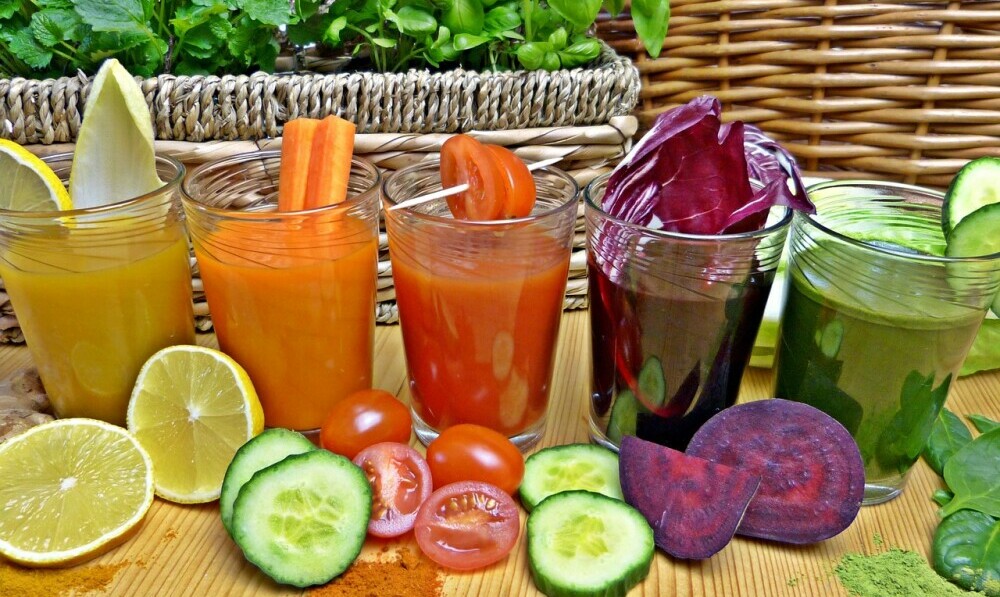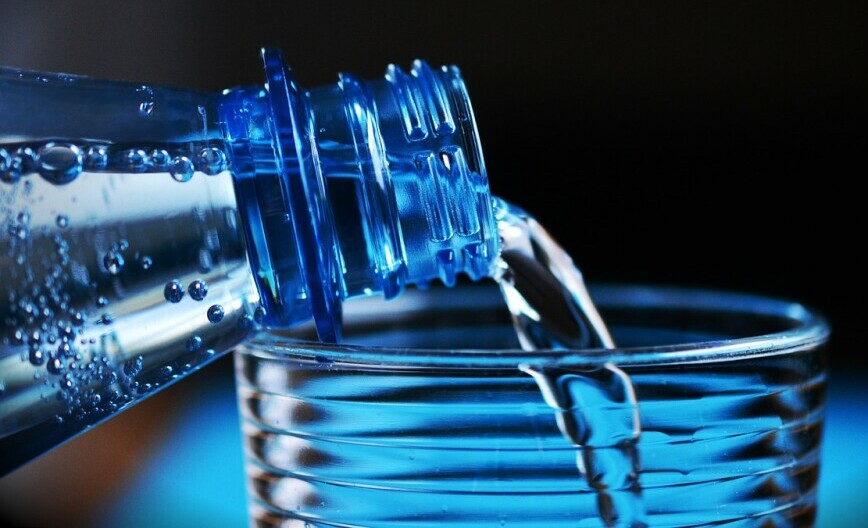
When it comes to keeping your digestive system running smoothly, fiber is an absolute powerhouse. But not all fiber is created equal. It can be split into two main types: soluble and insoluble. Soluble fiber dissolves in water, forming a gel-like substance that helps lower cholesterol and maintain blood sugar levels. It can be found in foods like oats, beans, and apples. Insoluble fiber, on the other hand, doesn’t dissolve in water. It adds bulk to your stool and helps food pass more quickly through the stomach and intestines, keeping things moving along. Think whole grains, nuts, and vegetables for good sources of insoluble fiber.
Fiber doesn’t just help with regularity. It also plays a part in preventing various health issues. Regular fiber intake has been linked to a lower risk of heart disease, diabetes, and certain types of cancer. Plus, it’s great for weight management because it tends to be more filling. Basically, fiber can help you feel full and satisfied, making it easier to avoid those extra snacks.
Digestive health is about balance, and fiber is one of the key components in that equation. It fosters a diverse and thriving gut microbiome by providing food for beneficial bacteria. These little helpers in your gut are essential for a well-functioning digestive system. A diet rich in fiber can encourage the growth of good bacteria, which in turn supports better digestion and absorption of nutrients.
Including enough fiber in your meals helps regulate bowel movements and ensures that everything operates smoothly in your digestive tract. This reduces the risk of constipation and helps maintain overall gut health. A well-functioning digestive system means you’re more likely to absorb the nutrients your body needs and get rid of waste effectively.
Maintaining a healthy digestive system with sufficient fiber doesn’t have to be complicated. Start by incorporating a mix of soluble and insoluble fibers into your diet. Think about adding more fruits, vegetables, whole grains, legumes, nuts, and seeds to your meals. A little planning goes a long way in making sure you get the right balance and enjoy the many benefits fiber has to offer.
The Synergy Between Fiber and Water: Why It Matters
Fiber and water are like dynamic duo for your digestive health. When you eat fiber-rich foods, they absorb water and swell up, which helps to keep everything moving smoothly through your digestive tract. This process can prevent constipation by making your stools bulkier and easier to pass. But if you’re not drinking enough water, all that fiber can actually backfire, leading to bloating and discomfort.
Hydration is key to unlocking fiber’s full potential. When soluble fiber absorbs water, it transforms into a gel-like substance, slowing digestion and helping you feel full longer. Insoluble fiber, on the other hand, needs water to add that essential bulk to your stool, speeding up the passage through your gut. Without enough water, neither type of fiber can do its job properly, and you risk dealing with issues like hard stools and irregularity.
It’s not just about chugging water, though. The type of liquids you consume matters too. While water is the best choice, other hydrating options like herbal teas, milk, and even water-rich fruits and veggies can contribute to your overall fluid intake. Just watch out for diuretics like caffeine and alcohol which can actually dehydrate you.

There’s also the matter of balance. Too much fiber without enough water doesn’t just cause discomfort—it can also lead to more serious digestive problems. Think about your gut as a well-oiled machine. It needs the right level of lubrication to function correctly. When you up your fiber intake, you’ve got to increase your water intake as well to keep everything working seamlessly.
An easy way to remember this is the 1:1 rule: for every gram of fiber you eat, aim to drink at least one glass of water. This simple guideline can help you strike the perfect balance and avoid any potential pitfalls. Start your day with a glass of water alongside your fiber-rich breakfast, and keep a water bottle handy throughout the day to stay on track.
Practical Tips for Balancing Fiber and Water in Your Diet
Getting the right balance of fiber and water is crucial for keeping your digestive system in check. Think of it as a tag team effort: fiber does its part when it’s got enough water to back it up. So, what’s the best way to make sure you’re getting both? Let’s break it down.
First off, how much is enough? Adults should aim for about 25-30 grams of fiber a day. This can come from whole grains, fruits, veggies, beans, nuts, and seeds. Make sure to mix things up. Soluble and insoluble fiber both have their unique benefits, so variety is key. Meanwhile, you should drink at least 8 glasses (64 ounces) of water daily. If you’re active or it’s a hot day, you might need even more.
Here are some easy ways to boost your fiber intake: swap white bread for whole grain, munch on fruits and veggies instead of chips or sweets, and start your day with a bowl of oatmeal or a high-fiber cereal. Even adding some flaxseeds or chia seeds to your yogurt or smoothie can pack an extra fiber punch.
Don’t forget hydration. If plain water isn’t your jam, try infusing it with fruits like lemon or berries to add a little flavor. Herbal teas are another good option. Foods with high water content—think cucumbers, oranges, and watermelon—can also help keep you hydrated.
A simple routine can really help with consistency. Drink a glass of water first thing in the morning, before every meal, and carry a water bottle wherever you go. When increasing your fiber, do it gradually. Your body needs time to adjust, and ramping up too quickly can cause stomach issues. Combine that with steady hydration, and you’ve got a recipe for success.
Balancing fiber and water isn’t just about your digestive health. It’s a holistic approach benefiting your entire body, including weight management and energy levels. Plus, it can make you feel better overall.
How Balanced Fiber and Water Intake Supports Belly Fat Loss
Maintaining a balanced fiber and water intake does more than just keep your digestive system happy. It can also play a significant role in belly fat loss. A healthy gut is often a major player when it comes to managing your weight, and here’s how it works.
When you consume enough fiber, especially the soluble kind, it slows down digestion and makes you feel fuller for longer. This can help reduce overall calorie intake by curbing the urge to snack between meals. Less snacking means fewer extra calories, and over time, this can translate to weight loss, particularly around the midsection.
But it doesn’t stop there. Fiber can also help regulate blood sugar levels by slowing the absorption of sugar. Stable blood sugar levels mean you’re less likely to experience those energy crashes that lead to sugary or fatty cravings. Keeping your blood sugar in check is a fantastic way to support weight loss efforts.
Water is essential in this process too. Staying hydrated helps your body metabolize fat more efficiently. Imagine your body’s metabolism as a fire, and water is the fuel keeping it burning hot. Lack of water can slow down this metabolizing process, making it harder to shed those extra pounds.
There’s science to back this up. Various studies have shown that increased fiber intake, combined with proper hydration, is linked to lower body weight and a decrease in belly fat. It’s all about creating an environment where your body can function at its best – efficient digestion, reduced cravings, and a metabolism running at full speed.
Fiber and water work in tandem to support your weight loss journey. By bolstering your digestive health, reducing unwanted cravings, and optimizing your metabolism, these components help target that stubborn belly fat effectively. It’s not about quick fixes or extreme diets; it’s the steady, consistent habits that make a real difference.

Small changes make a big impact. Add an extra serving of vegetables to your meals, swap sugary drinks for water or herbal tea, and keep healthy, high-fiber snacks handy. Over time, these tweaks can lead to noticeable improvements in both how you feel and how your clothes fit.
Creating a Sustainable, Balanced Diet: Long-Term Strategies
Achieving a balanced diet that supports good digestion and weight management isn’t about quick fixes or drastic changes. It’s about creating sustainable habits. By incorporating a variety of fiber-rich foods and ensuring adequate hydration, you’re setting yourself up for long-term success.
Variety is the name of the game when it comes to fiber. Incorporate different sources like whole grains, fruits, vegetables, legumes, nuts, and seeds. Each type of food offers its own unique benefits, whether it’s the soluble fiber in oats and apples or the insoluble fiber in whole grains and beans. Mixing up your fiber sources ensures you get a broad range of nutrients necessary for optimal health.
Hydration should become part of your daily routine rather than something you have to think about constantly. Make it a habit to drink a glass of water right when you wake up, before meals, and before and after workouts. Carry a water bottle with you to stay consistent, and pay attention to your body’s signals.
Balancing fiber and water with your other dietary needs is equally important. Protein, healthy fats, and vitamins and minerals should also be part of your meal planning. Lean proteins, such as chicken or tofu, combined with high-fiber sides, create satisfying and nourishing meals.
Meal planning can be a game-changer. Take a little time each week to plan out your meals and snacks to ensure you’re getting a good mix of nutrients. Prepping some ingredients or entire meals ahead of time can make this even easier, reducing the temptation to reach for less healthy options when you’re in a rush or feeling tired.
Don’t overlook the importance of listening to your body. Adjust as necessary depending on how you feel. If you notice bloating or discomfort, you might need to tweak your fiber intake or increase your water. Everybody’s needs are a bit different, so what works for your friend might need some adjustments for you.
Making these habits part of your daily life will help you build a foundation for long-term health. It’s not about perfection but consistency. Small, achievable changes can lead to big results over time. This balanced approach not only supports your digestion and helps with weight management but also contributes to your overall well-being.

Hi Tinu
The article on balancing fiber intake and water consumption offers a well-rounded approach to effective digestion and belly fat loss. I appreciated how it highlights the importance of maintaining the right balance, emphasizing that both fiber and water play crucial roles in promoting a healthy digestive system. The practical tips for incorporating more fiber-rich foods into your diet, along with the reminders to stay hydrated, make it a valuable read for anyone looking to improve their overall health and manage weight effectively.
I was looking for actionable advice on digestion and weight management, this article provides clear and practical steps that are easy to follow. The emphasis on balance and gradual changes ensures that the tips are sustainable, making it easier to incorporate them into your daily routine.
Hi Annastasia,
Thank you so much for your thoughtful feedback! I’m thrilled to hear that you found the article helpful. It’s great to know that the emphasis on maintaining the right balance and the practical tips resonated with you.
I aimed to provide actionable and easy-to-follow advice that can be seamlessly integrated into daily life, and I’m glad you found the suggestions on fiber-rich foods and hydration valuable. It’s fantastic to hear that the focus on gradual, sustainable changes makes the tips more achievable.
If you have any more questions or need further advice on digestion and weight management, feel free to reach out. Your feedback is incredibly encouraging and helps me continue to provide useful and relevant content!
Thank you again for your support!